
FIELD TO TABLE:
CHEF SCOTT LEYSATH ON THE ART OF COOKING WHAT YOU HUNT
From duck hunting in the Sacramento National Wildlife Refuge complex to shooting pigeons in a Virginia field to catching and searing iguana in Puerto Rico, outdoor TV Chef Scott Leysath goes all day -- and night -- throughout North America to demonstrate that a delicious meal can be made out of just about anything in the wild. But in his downtime, there's nothing more that Leysath would rather do than share a California duck hunt and a meal with his friends and family.

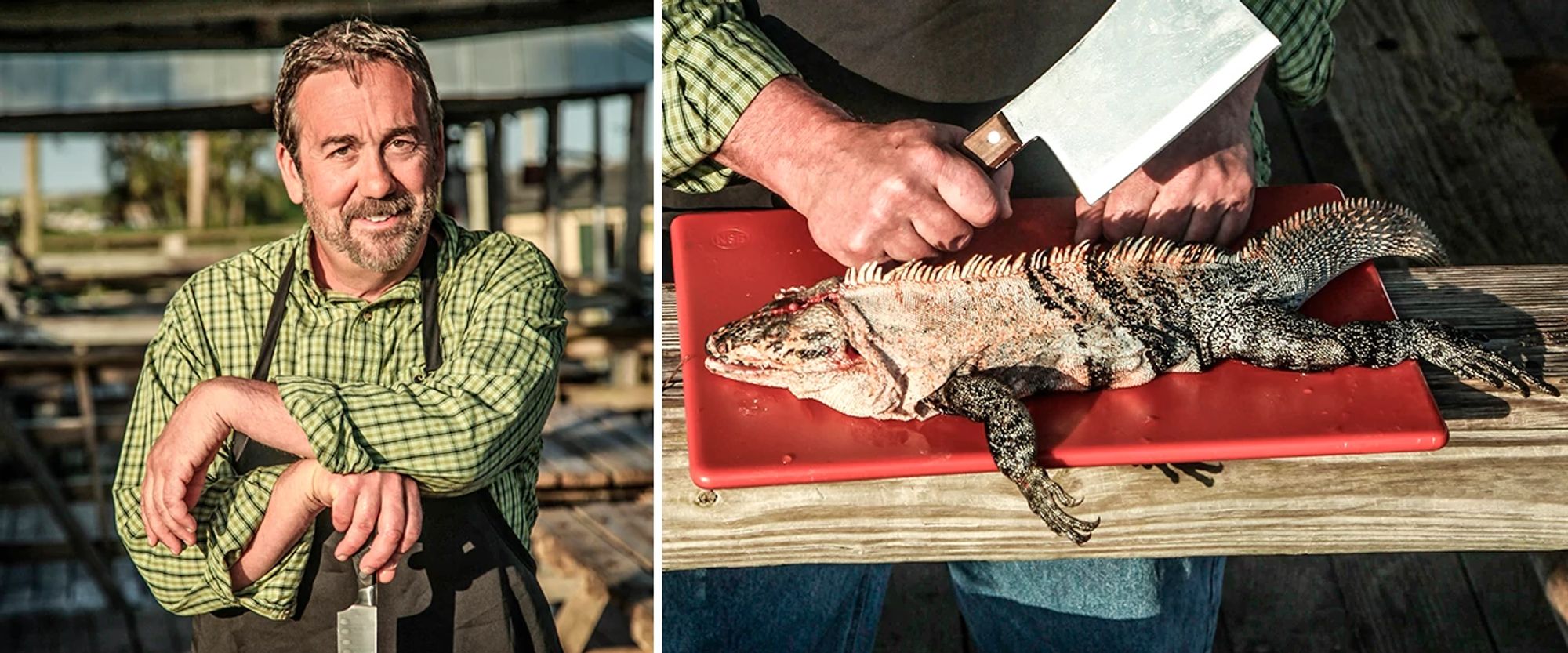
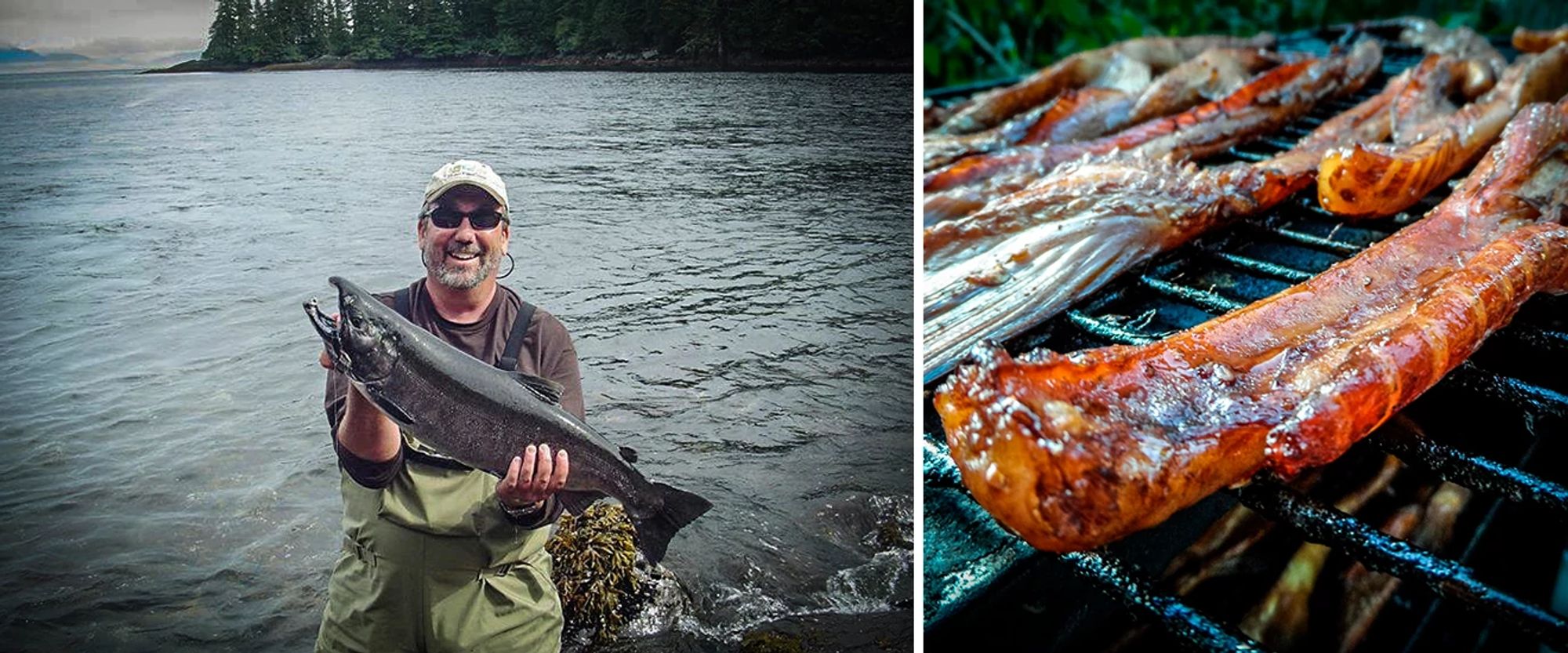
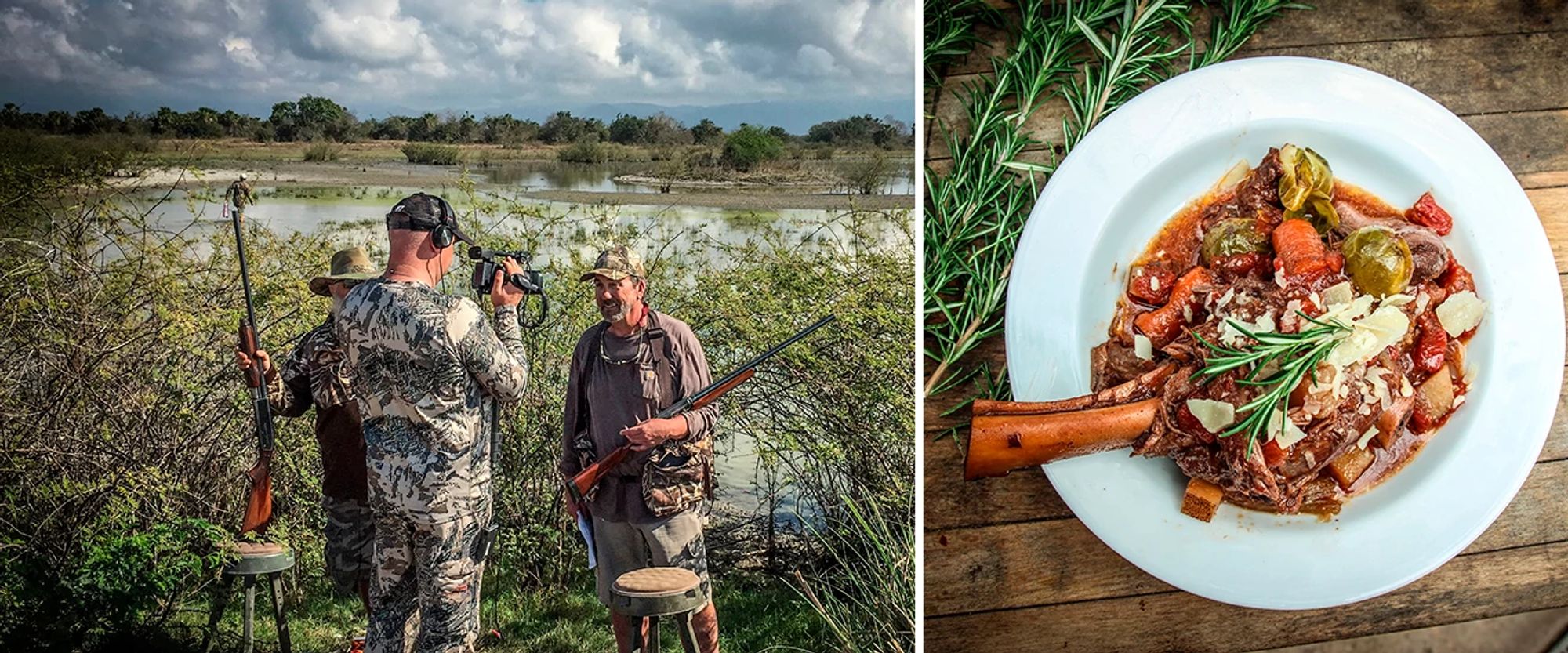

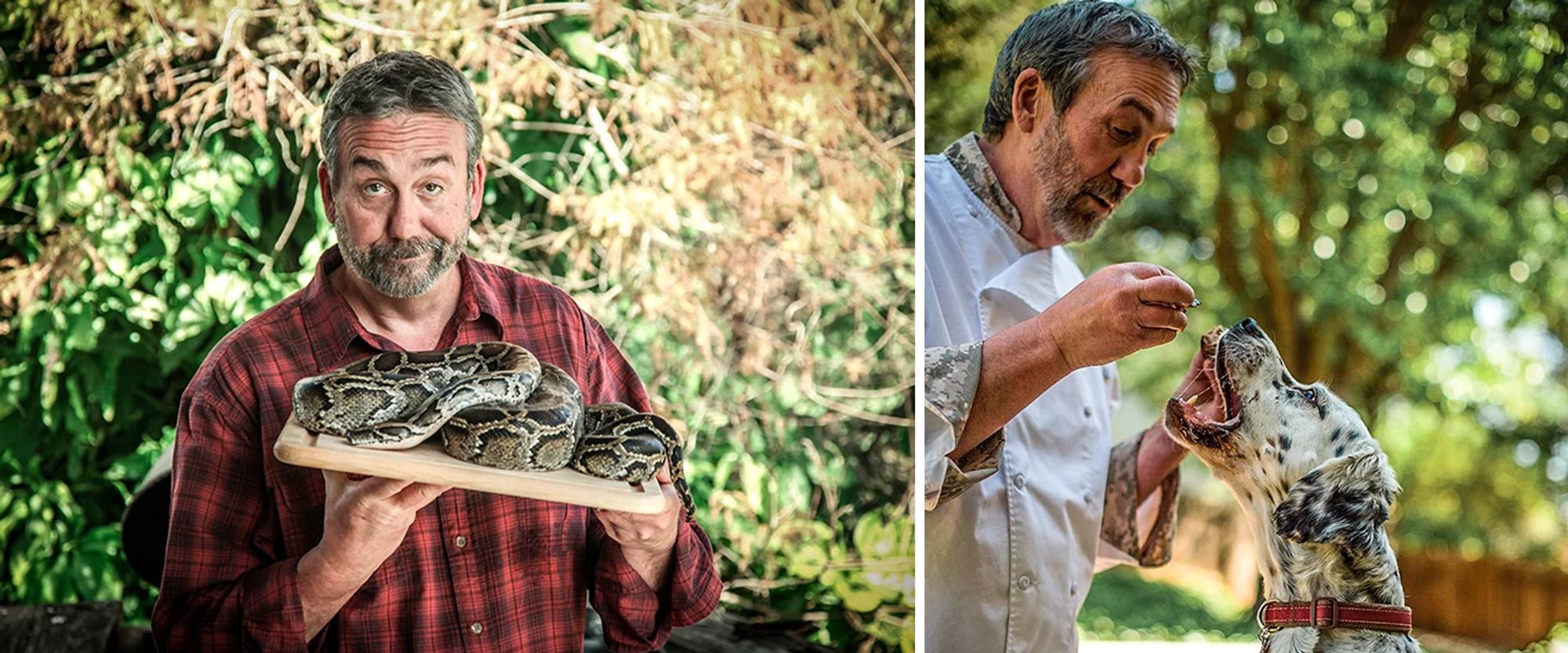

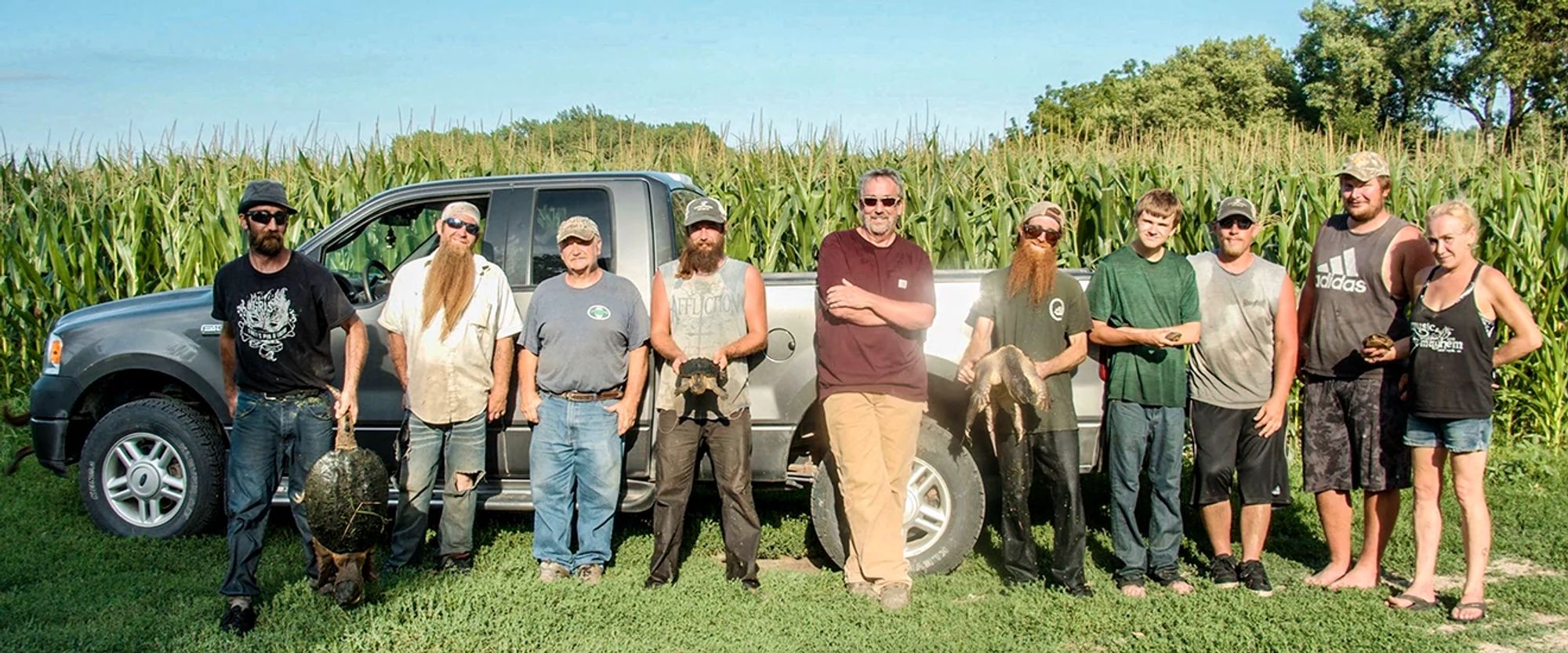
Throughout his career, seasoned Chef Scott Leysath has hunted unconventional game and whipped up meals with the very best of them - "them" being iguanas, hagfish, blackbird, or hog -- to name a few of his more unorthodox meals. There is scarcely any game or fish that this chef hasn't caught and cooked, or any place he hasn't visited.
While an initial bite of one of Leysath's more adventurous wild game meals might, in a few cases, require some courage (such as the eel-shaped, slimy beast hagfish), rest assured that a taste of Leysath's cooked-to-perfection meals will change anyone's life for the better.
"There are so many field-to-table opportunities even within North America that people don't even realize," said Leysath, who travels as many as 150,000 miles every year to host the television shows, The Sporting Chef and Dead Meat, and produce and direct The Fishmonger.
"For the show Dead Meat," said Leysath, "we go after some of the least targeted species. The goal is to find interesting things to eat, whether it's iguana, armadillo, python or nutria, which is this big swamp rat in Louisiana. We like to find people who actually hunt, cook, and eat those things, and share those stories and recipes."
Throughout the chef's globe-trotting adventures, Leysath finds familiar solace no matter where he is in the world. Coming to communal ground at the end of a long day of hunting, cooking up every last bit of game he took that day, and sharing a beautiful meal with friends, family, or even strangers, is what keeps this hunter's fire lit.
"For me, like most chefs, it's all about sharing your passion for cooking with others, especially with wild game," said Leysath. "Too many hunters are passionate about the hunt, but not so much about how to turn their harvest into a great meal. But that experience of getting to share a meal with other people - that is everything."
For Leysath, this experience initially came alive in the late 1980s. At that time, Leysath had just opened his very first restaurant in Sacramento, California, which featured wild game on the menu. Customers would frequently finish a meal in his restaurant and inquire with Leysath about just how it was possible that he could make wild game taste so delicious. In response, the chef would urge people to bring in their own game to the restaurant, and he would show them how to prepare it properly.
"People would come in and say, 'How come my game doesn't taste like yours?' I'd say, 'Well, bring it in, and I'll show you,'" said Leysath. "So people started bringing in their fish and game and we would do feasts for them and show them what their game is supposed to taste like. It was this incredible community experience, and I felt so happy to be able to share what I do with so many people. I still do."
THE FIRST SNIPE
The son of an art teacher at the Smithsonian Museum of National History and a World War II veteran who retired from hunting post-active duty, Leysath's early hunting exposure came from his high school friends, not his family. Though Leysath wouldn't describe either of his parents as particularly skillful in the kitchen, he does attribute his early motivation to cook unconventional game to his father's singular principle for respecting wildlife - "If you kill it, you eat it."
"I remember the very first game bird that I shot. I was up in the mountains of Virginia with a single shot shotgun and my buddy said, 'There's a snipe!' Of course, I missed it. But what's cool about snipe is they give you a second, third, and fourth chance. This one kept circling right back to where we were in the marsh," recalled Leysath, who is now 66 years old. "I finally killed it and brought it home, much to the dismay of my two older brothers, who laughed at me for hours because I had just killed a snipe."
Moving ahead with fulfilling the second half of his father's hunting ethos - cooking his game - Leysath found himself in a dilemma.
"I had absolutely no idea how to cook this bird," said Leysath. "Snipe is just this little dark meat bird. I cooked it for about an hour and a half, so it was literally reduced to the size of a garbanzo bean. It was absolutely horrible, but I wasn't about to let on to my older brothers that it tasted really, really bad, so I faked it. It got me thinking, 'There's got to be something we can do to make this stuff taste better than this.'"
"By the time I got to college, I really enjoyed cooking," said Leysath. "At that time, I would go out with some friends and shoot a mess of dove, quail, and a few pigs here and there. That was when I really learned that it was so much easier to take that quail and put a little olive oil, salt, and pepper on it, put it on a grill, and cook it until it's still just a little pink at the thigh joint instead of cooking it like you would a chicken. When I graduated, I took a job that offered a two-week training course on how to be a cook, bartend, and manage a restaurant. That's how I started really learning to cook, and thus began my restaurant career."
UNMATCHED THRILL
Over the course of his years as a sportsman, Leysath has learned that a feeling of togetherness and solidarity is what he finds truly special about his work.
"I enjoy the comradery of the hunt more than anything, and cooking is really an extension of that," said Leysath. "There was a time when myself and two other guys would shoot about 700 ducks every year, and I would use a lot of it to feed other people and donate to homeless shelters. But now, I don't care if I get a limit of ducks anymore. Getting out with your buddies, to me, is the main thing. When we are in the field, I'm with you. I like to share that experience with people."
Leysath's advice for those who are just getting started in the sport or in cooking wild game is simple: Just get out there.
"There is so much to be learned by hunting wild game and fishing. Sitting in a field waiting for duck or geese to fly in, or hooking a giant fish when you least expect it...it is nirvana. It's religious. There is absolutely no thrill that compares to that," said Leyseth, who credits his footwear as an essential tool to pursuing his outdoor passions. "If you look within a 100-mile radius of where you live, there are parks you haven't explored and lakes you haven't fished. There are lots of wild places you can go right here -- and right now -- in the U.S."
More Articles
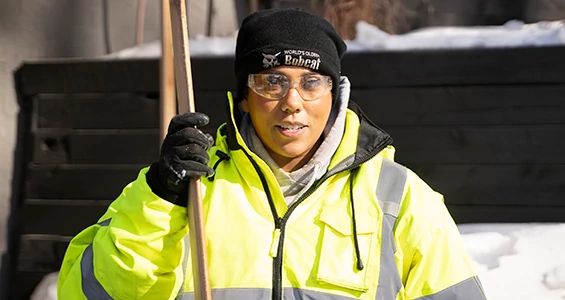
Cutting A Path For Women In Construction
In honor of women in construction week, Irish Setter visited with Andrea Race. Andrea has worked in the construction and landscaping industry for 20 years. She is a true pioneer who serves as a role mode for other women in construction.
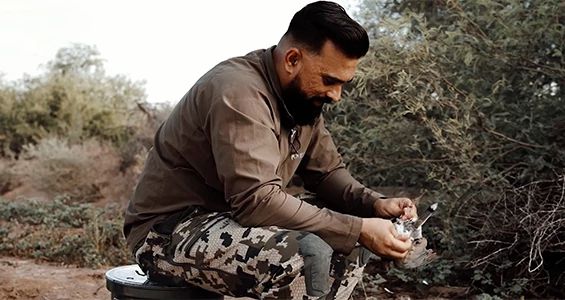
One Hunter's History & Heritage
Avid hunter and aspiring chef, Gerard Masih, spends Dove opener each year with family and friends.




